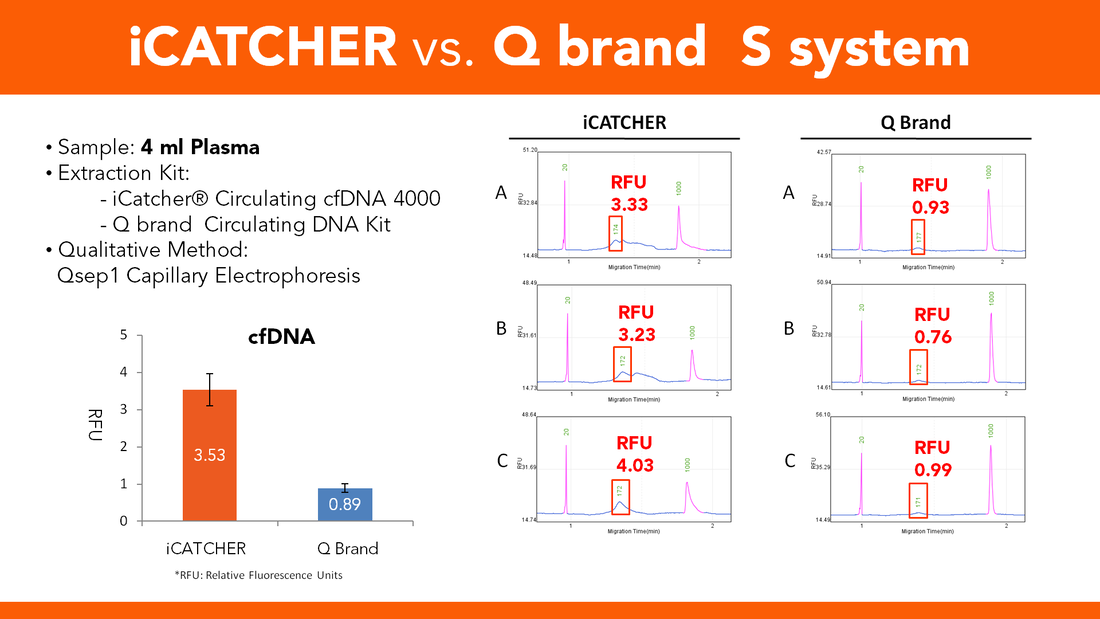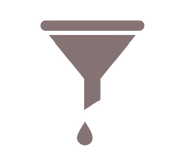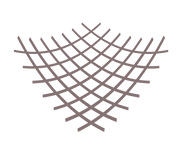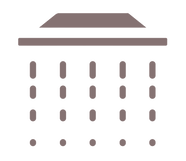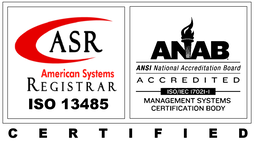iCATCHER
Next Generation Extractor
For Circulating cell-free DNA
Circulating cell-free DNA (cfDNA) in liquid biopsies is a promising source of biomarkers. Therefore, how to capture higher yield and higher purity of cfDNA is the first step and very important step of cancer early detection and cancer monitoring.
For precision medicine, you need a purification system which able to purify rare nucleic acid (cfDNA or miRNA) from large volume liquid biopsy. iCATCHER is a novel purification system born for Liquid Biopsy!
The cfDNA intensity purified by iCATCHER is 4 times than magnetic bead system !!!
Who are using iCATCHER
HOW iCATCHER
|
|
Membrane BasedLike fishing net, we utilize membrane to capture more rare nucleic acid!
Vertical Divider
|
Wash AwayLike showering, buffers pass through membrane to wash away impurities!
Vertical Divider
|
More than cfDNA
iCATCHER was born for large volume Liquid Biopsy. However, because unique membrane column based design and wash away washing method. It's also excellent in many difficult targets of nucleic acid.
|
Vertical Divider
|
Vertical Divider
|
Vertical Divider
|
Vertical Divider
|
VISION
We believe,
Cancer will become kind of Chronic Disease.
If we can detect it in early stage and monitor it.
Cancer will become kind of Chronic Disease.
If we can detect it in early stage and monitor it.
CatchGene



